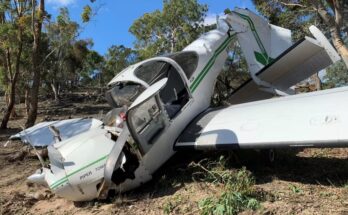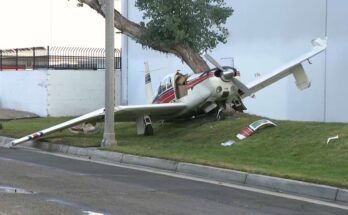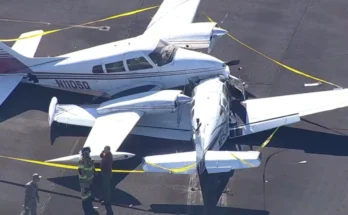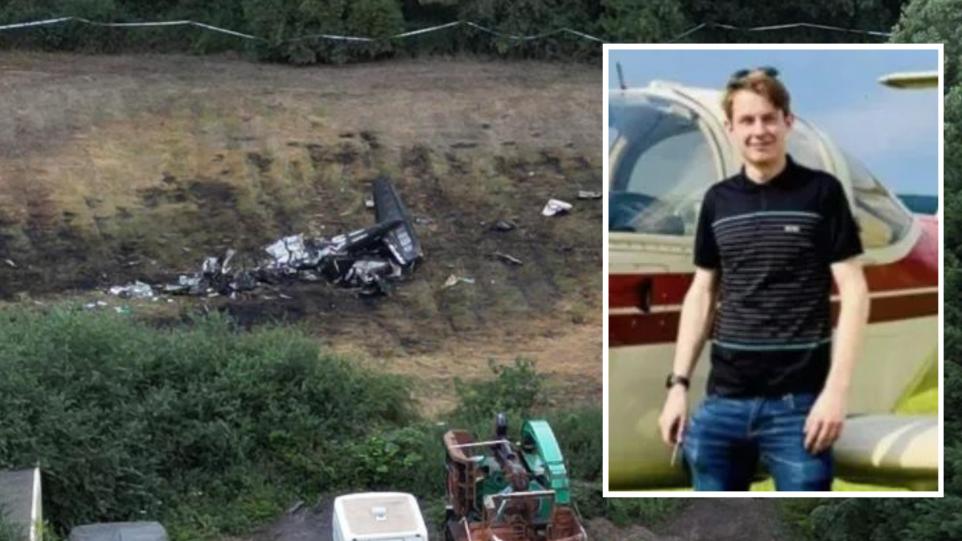
A young pilot who died in a fatal plane crash in North Yorkshire may have fallen victim to a system “malfunction”, an official report has found.
But investigators say they don’t have the evidence to confirm this.
Harvey Dunmore, 21, died when the Piper PA-23-250 aircraft he was flying nose-dived into a field on approach to Bagby Airfield, near Thirsk, North Yorkshire, on 6 July
The crash, which resulted in a fire, destroyed the aircraft and was deemed “unsurvivable,” by emergency services and aircraft officials.
An investigation by the Air Accidents Investigation Branch (AAIB), published on Thursday (June 26), concluded that while there were “no identifiable defects” in the aircraft’s systems, a rare malfunction known as a pitch trim runaway was the most likely cause.
However, due to extensive fire damage to the wreckage, there was “insufficient evidence to confirm this definitively,” according to the AAIB.
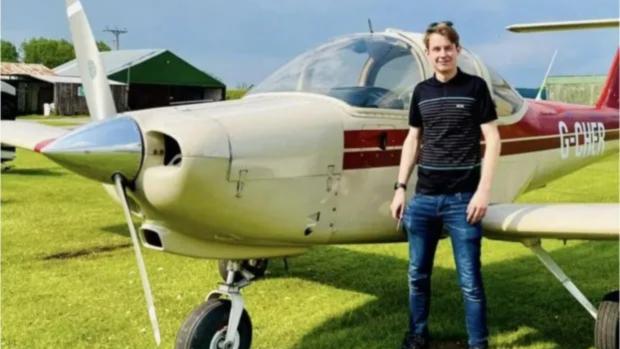
Mr Dunmore, of Middlesbrough, had flown the twin-engine aircraft from Bagby to Deauville, France, to collect five passengers and delivered them to Abbeyshrule, Ireland.
He was returning solo to Bagby when the accident occurred.
Radar and CCTV confirmed that he made a routine radio call indicating he was four miles from landing.
Moments later, the aircraft’s descent steepened dramatically, and it struck trees before crashing into the ground at a steep angle.
The AAIB explained that a pitch trim runaway is a malfunction in which the system that helps control the aircraft’s pitch runs uncommanded, potentially requiring “considerable input force by the pilot to regain control.”
If not promptly disabled, it can lead to a rapid loss of control, particularly hazardous at low altitude.
The AAIB explored multiple potential causes, including structural failure, pilot incapacitation, and weather, but found them unlikely.
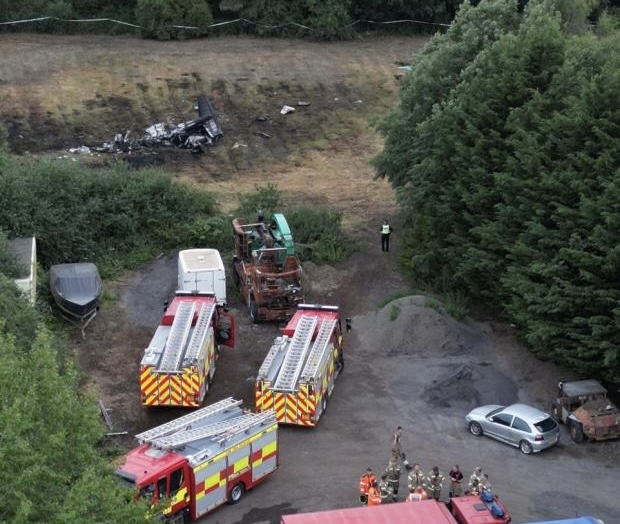
Evidence showed the pitch trim setting was almost fully nose-down, more extreme than would normally be used during landing.
Mr Dunmore, an aspiring commercial pilot, was described as “self-motivated and competent” by investigators.
He had nearly completed his Commercial Pilot Licence (CPL) training but lacked a formal qualification to operate commercially. The AAIB found no evidence that he had received the required differences training on the PA-23 aircraft.
Tributes poured in following his death.
Bagby-based firm WF Aviation said: “His talent was limitless. He was a one-man wonder who could do multiple tasks at once and never gave up.”
His parents later set up a charitable foundation in his memory to support young aspiring pilots.
The Civil Aviation Authority (CAA) has announced eight safety actions in response, including better pilot training for pitch trim malfunctions, clearer differences training requirements, and recommendations to deactivate malfunctioning autopilot systems and make critical circuit breakers more visible.
